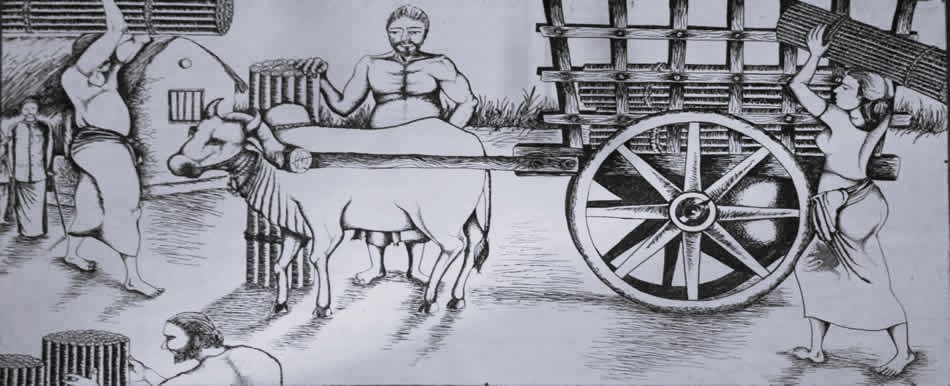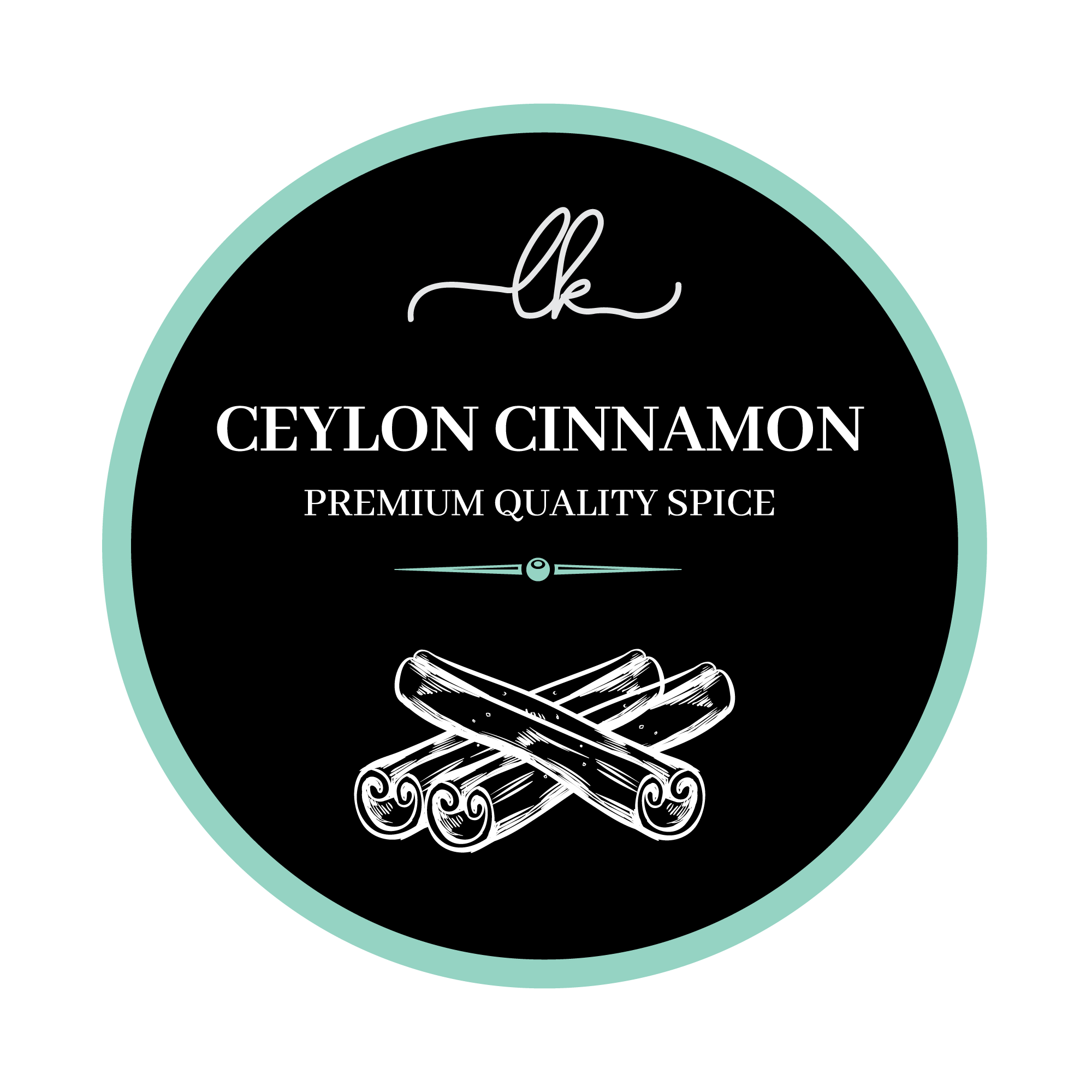HISTORY OF CEYLON CINNAMON
Ceylon Cinnamomum zeylanicum also called “True Ceylon Cinnamon” is indigenous to Sri Lanka. Its botanical name Cinnamomum zeylanicum is derived from the Hebraic and Arabic term amomon, meaning fragrant spice plant. Cinnamon was one of the first traded spices of the ancient world. First records of the Pure Ceylon Cinnamon in history appear in the Hebrew Bible which ages back to hundred and thousand years.
I.e., from early as 2800 B.C.
Thus, it has inspired many historical voyages leading to discovery of New World by Christopher Columbus and Vasco De Gamma to Sri Lanka and South India. Thereafter, the main control of Ceylon Cinnamon was initially with Portuguese then Dutch and finally in the hands of British before Pure Ceylon Cinnamon was taken over by local cinnamon exporters and suppliers.
As of today, Sri Lanka produces almost 90% of Cinnamon to the world market and Ceylon is the world’s largest producer and exporter of pure cinnamon to the world. Its quality and connection with other cultures and nations across the globe continues to the future.

Cinnamon in the 1800s – Cinnamon Industry of ancient Ceylon harvesting

Production of cinnamon, stripping away the bark, abrading the cork layer, cutting, wood engraving,
19th century


